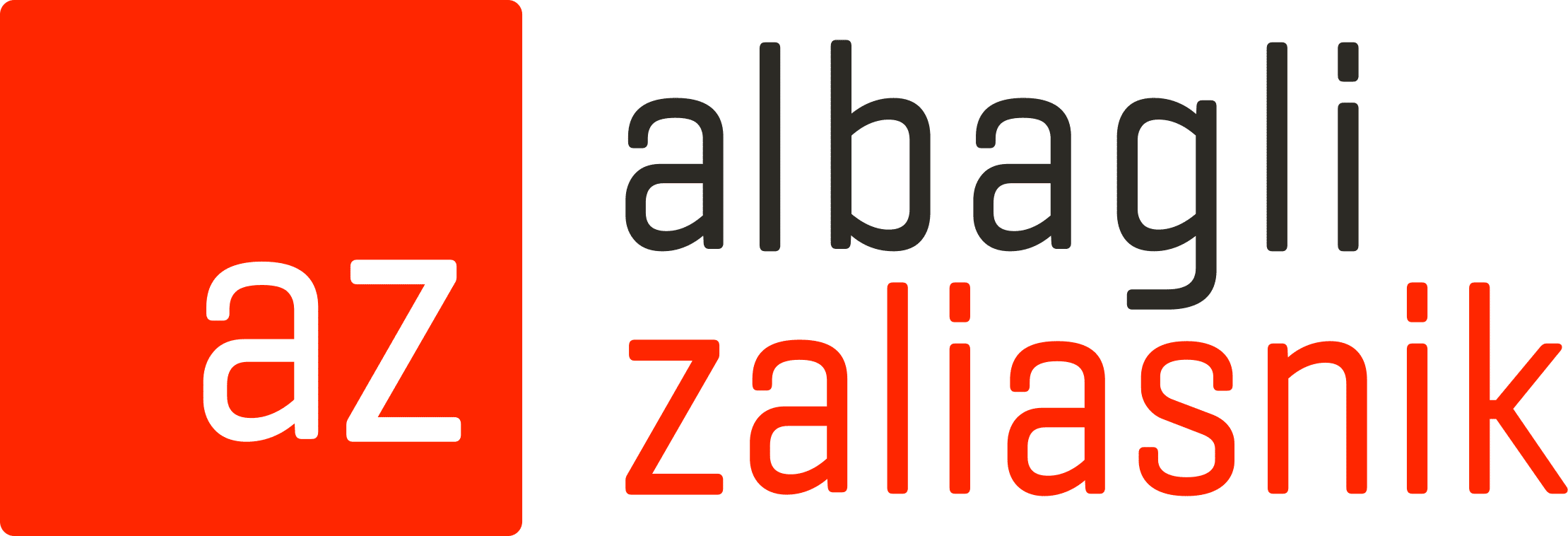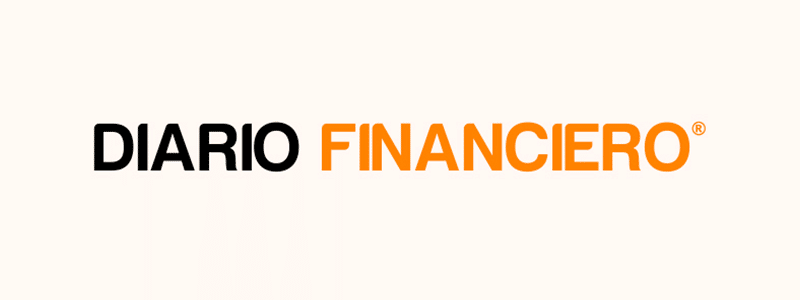The law seeks to modernize and simplify administrative processes, promoting productivity, legal certainty, and investment.
The recent publication of Law No. 21,770, which establishes the Framework Law on Sectoral Authorizations (hereinafter, “LMAS”), represents the most significant reform in the area of permits in Chile in the last twenty years.
This law is a fundamental restructuring of the environment in which investment projects operate. Its scope is massive, modifying a series of regulatory bodies and impacting a large number of sectoral authorizations of different natures that depend on different public entities.
The central objective of the LMAS is clear: to simplify, standardize, and modernize administrative procedures in order to reduce processing times, provide greater legal certainty to project owners, and ultimately promote productivity, growth, and investment.
This is a key reform that will transform the way industries manage and execute their projects with the State.
The key impacts that must be understood at the management level are:
- Project Acceleration: The introduction of “Alternative Enabling Techniques” (hereinafter “AET”), such as sworn statements, will allow activities to begin in certain cases without waiting for an explicit permit, streamlining critical phases of development.
- Certainty in Deadlines: The law establishes mandatory maximum deadlines for the administration to resolve permit applications. Failure by the authority to meet these deadlines entitles the applicant to invoke “positive administrative silence,” a mechanism that considers the authorization to have been granted.
- Long-Term Investment Protection: An 8-year “regulatory stability” regime is created for projects that have a favorable Environmental Qualification Resolution (hereinafter “RCA”). This protects the investment from future regulatory changes that may arise during the extensive life cycle of a project.
However, experts warn that the LMAS is only a starting point, as its effectiveness will depend on complementary regulations and how the authority exercises its discretion in the application of permits and authorizations.
The Four Fundamental Pillars of the LMAS
The law is structured on four conceptual pillars that, together, redefine the permitting system in Chile. Understanding the mechanics and implications of each is essential to navigating the new regulatory landscape.
a) New Deadlines and Administrative Silence: Holding the Administration Accountable
The first pillar addresses one of the greatest sources of uncertainty and cost in project development: discretion in processing times.
The LMAS establishes rules for the classification of authorizations and, fundamentally, imposes mandatory maximum deadlines for administrative bodies to issue their rulings.
These deadlines are not mere suggestions; they are legal obligations whose compliance is reinforced by a system of incentives and penalties for officials. The law links compliance with these deadlines to the performance bonuses of public officials and imposes financial penalties in the event of unjustified delays, thus seeking a cultural change in the administration.
The mechanism for closing this pillar is positive administrative silence. If the authority does not resolve a request within the legally established deadline, the project owner can invoke silence, which means that the authorization is understood to be granted for all legal purposes.
To facilitate this process, the new Unified Sectoral Permit Information System will automatically issue a certificate at the request of the interested party, providing reliable proof of approval. This gives companies a powerful tool to combat bureaucratic inertia and demand compliance with the law.
b) Implementation of Alternative Enabling Techniques
AETs modify the fundamental logic of the permitting system. Instead of requiring explicit prior authorization from the authority, certain projects or activities may be enabled by simply submitting an affidavit or notice. Legally, these techniques have the same effect as a traditional permit.
It is crucial to understand that, although the law establishes ATEs as the “general rule” for the future, their implementation is gradual and, for now, only replaces specific authorizations in expressly modified regulatory bodies, such as the Health Code and the Water Code.
This pillar represents a calculated transfer of risk and responsibility from the public to the private sector. By submitting an affidavit, it is the company, and not the State Administration agencies, that certifies full compliance with applicable regulations.
Any error, omission, or falsehood in such a declaration may result in severe penalties, including project shutdown and fines. Therefore, the rigor of internal verification and due diligence processes must be greater than that previously carried out by the authority itself.
c) Investment Promotion Mechanisms: Clearing Risks and Accelerating Key Projects
The third pillar introduces two tools designed to attract and protect investment in larger and more complex projects.
- Streamlined Processing of Strategic Investment Initiatives: The law creates a procedure for certain projects to be declared “strategic investment initiatives.” Those that obtain this designation will benefit from a 50% reduction in the processing times for all their sectoral authorizations. This mechanism, which will take effect 14 months after the law is published, will be highly sought after. Obtaining this designation will likely require not only technical and economic soundness, but also a public affairs strategy that demonstrates the project’s alignment with the government’s development priorities.
- Regulatory Stability for 8 Years: This is a powerful risk mitigation mechanism. For projects with a favorable RCA, this regime allows all sectoral authorizations to be governed by the regulations in force on the date they entered the Environmental Impact Assessment System (hereinafter, “SEIA”). This “freeze” on the applicable regulations lasts for 8 years, protecting complex and long-term projects from being affected by regulatory changes that could make them more expensive or unfeasible halfway through. This regime, which comes into effect after 6 months, provides unprecedented certainty that will be a key factor in financial modeling and obtaining financing for large projects.
d) New Institutional Framework: A Central Coordinator for the System
To orchestrate this complex system, the LMAS creates a new institutional framework. The Office of Sectoral Authorizations and Investment, a new public service, and the Committee on Sectoral Authorizations and Investment, a high-level coordination body, are established.
The role of these entities is to supervise, coordinate, and promote the new regulatory framework across all the services involved. The President of the Republic has one year to issue the Decree with Force of Law establishing the structure and operation of the new office.
The effectiveness of this new institutional framework is critical to the success of the reform. An office with real resources and authority could be a key ally in resolving inter-sectoral conflicts and ensuring the proper operation of the system.
Conversely, a weak institutional framework could become an additional layer of bureaucracy. The practical success of tools such as administrative silence will depend directly on the proper functioning of digital platforms and the coordination capacity of this new office.
In conclusion, the LMAS represents a paradigm shift. It moves from a model based on passive obtaining of permits to one of proactive and self-declarative compliance.
Adapting internal processes, managing risks, and training teams is not simply an administrative task, but a strategic imperative. Companies that master this new regulatory framework will be able to turn it into a decisive competitive advantage, resulting in faster, more predictable, and safer projects.
For more information on the Framework Law on Sectoral Authorizations, please contact our team:
Antonio Rubilar | Partner | arubilar@az.cl
Federico Rodríguez | Energy and Infrastructure Director | frodriguezm@az.cl
Gonzalo Bravo | Senior Associate Public Law and Regulated Markets Group | gbravo@az.cl
Ramiro Araya | Senior Associate Public Law and Regulated Markets Group | raraya@az.cl
Be part of our multimedia platform and you can receive the latest legal news, events, podcazt and webinars.




